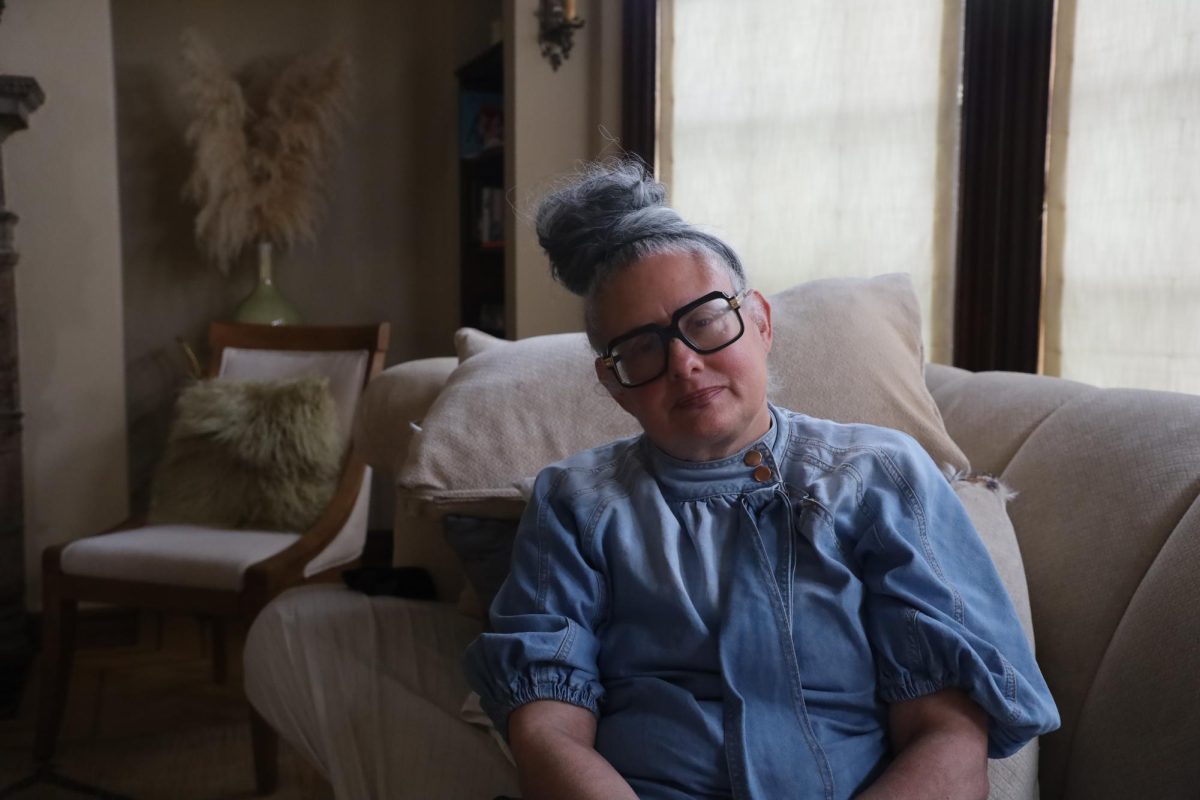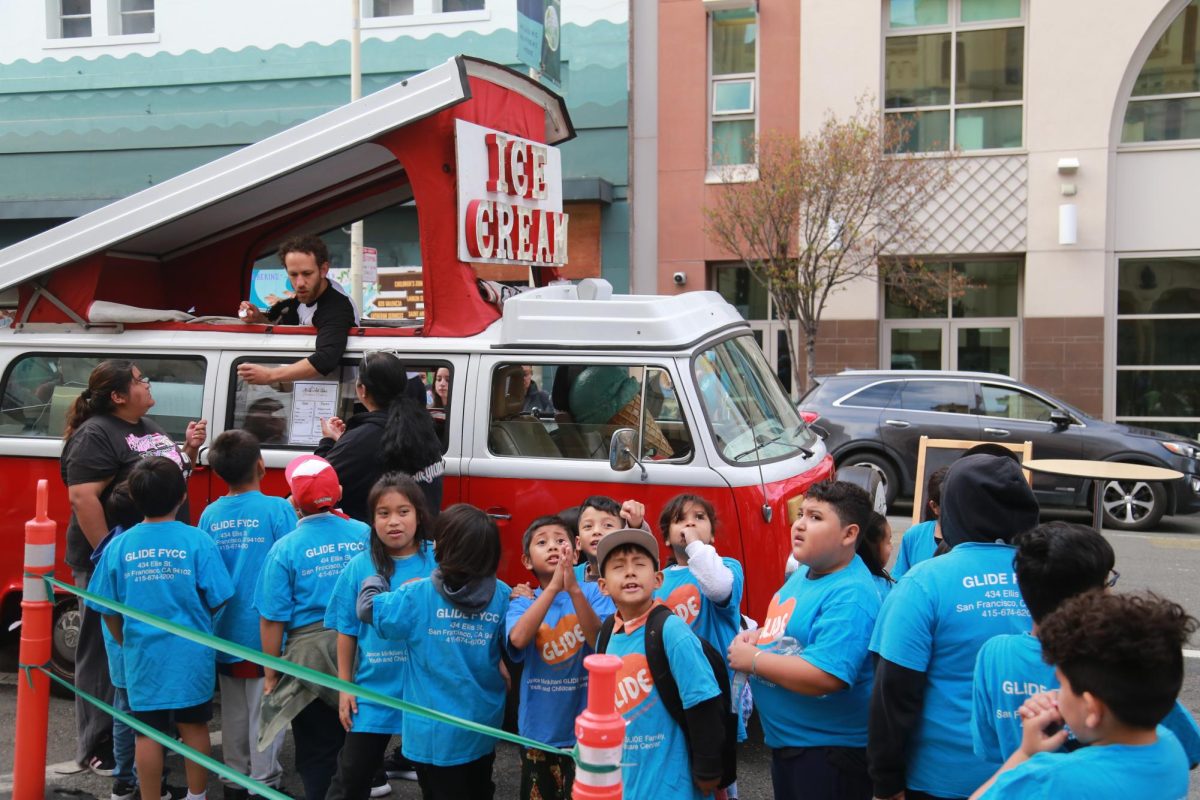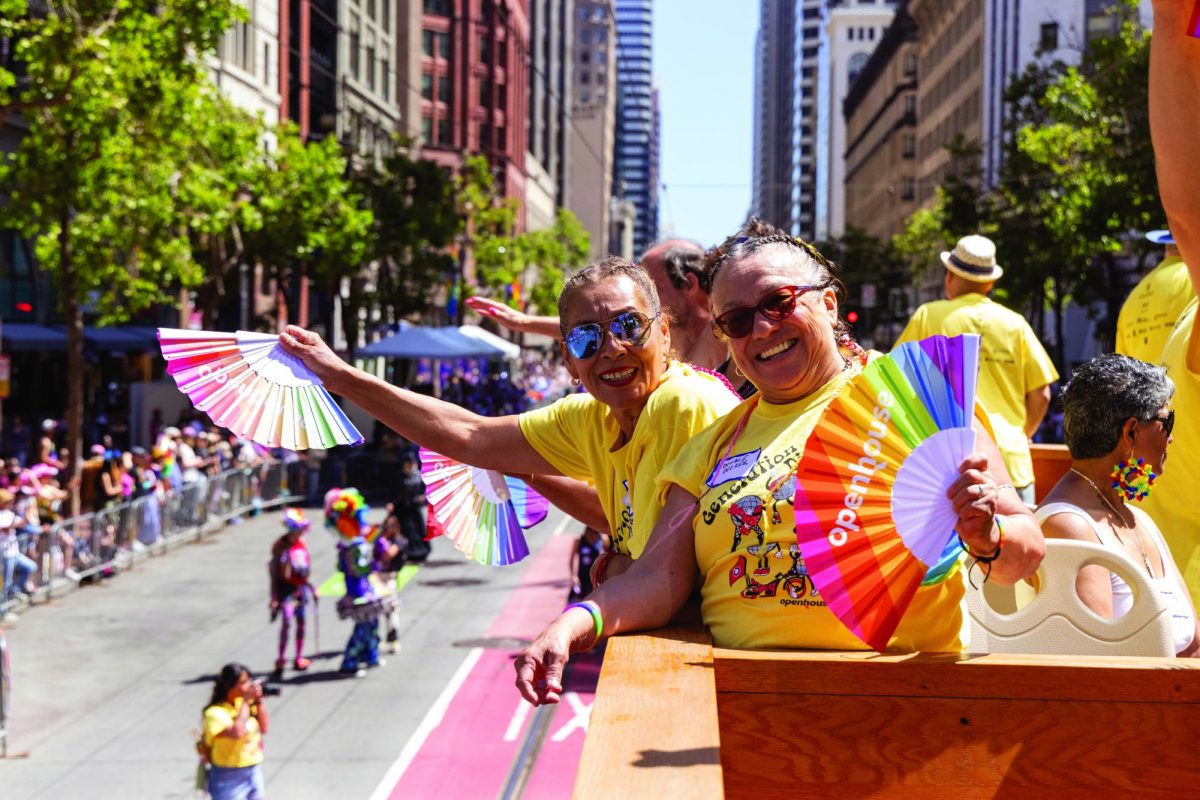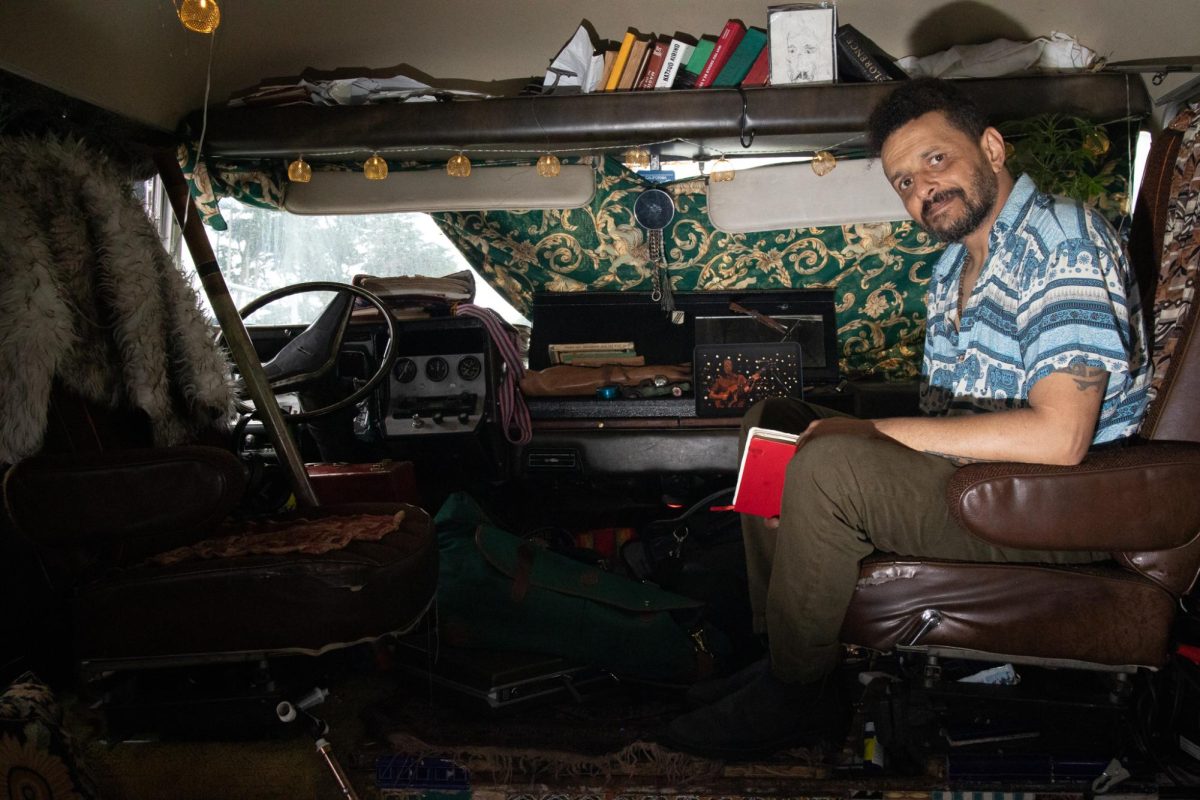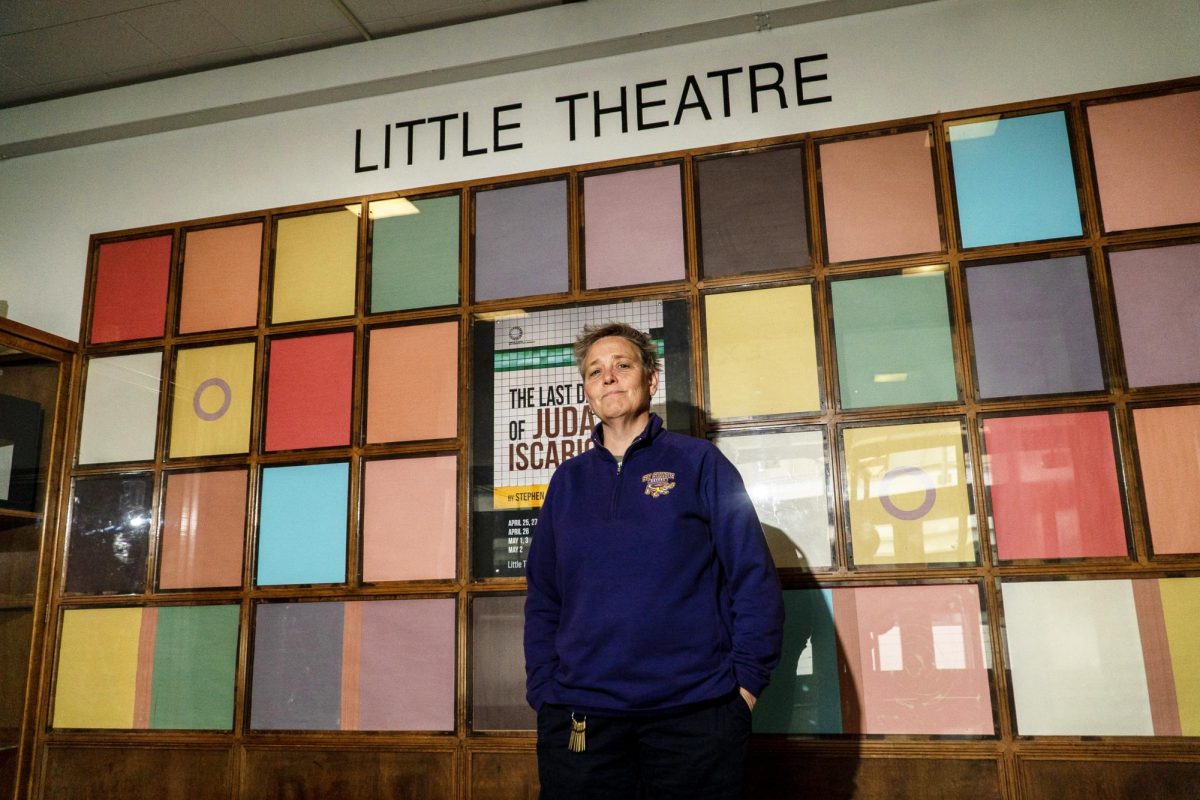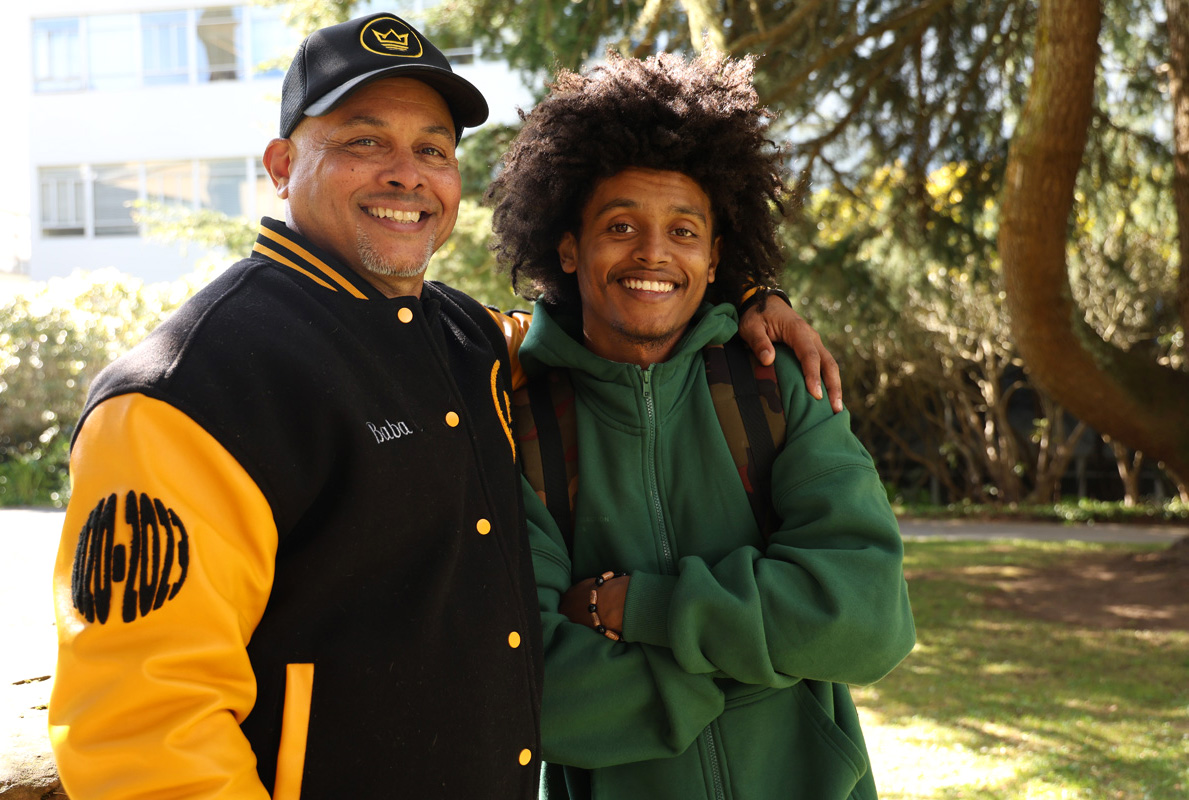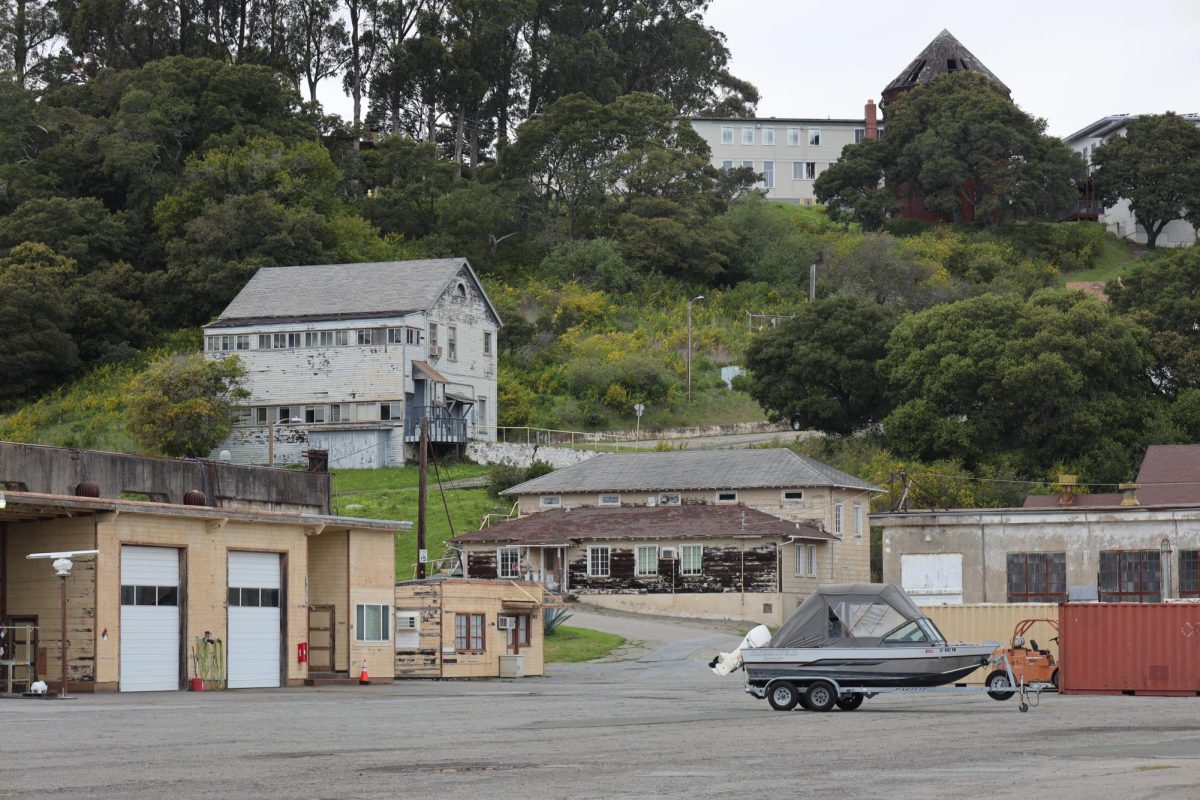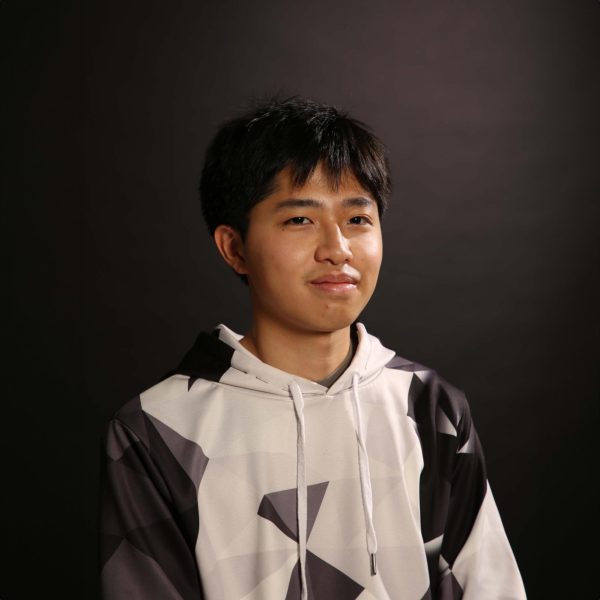Standing in the middle of Buena Vista Park, a small crowd listens to static transmitting from the small electromagnetic field transmitter. They wait, hoping for something to try and contact them from the spirit world.
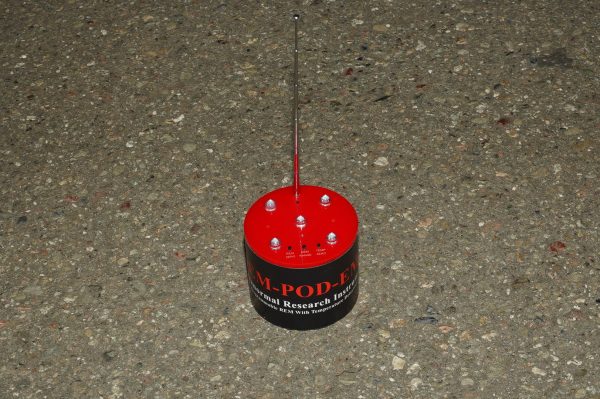
The crowd makes its way around the neighborhood, listening closely to the creepy stories they are told on the Haunted Haight tour. As it gets dark, the stories seem to feel scarier. On edge, the smallest abnormal sound makes the group jump.
As the fall season begins, the temperature drops, fog begins to roll in and Halloween looms ever closer.
Why do people go out of their way to get scared?
Thrill-seekers watch horror movies, listen to ghost stories and walk on haunted tours, for the adrenaline that they might experience something paranormal. While in a controlled setting, the feeling of fear can be enjoyable.
“People like novelty,” said SF State psychology professor Gaurav Suri.
“There is a built-in search for novelty,” said Suri. “With what Halloween is doing, it’s giving you the novelty of fear in a controlled environment. So you’re experiencing it but you’re experiencing it in safety.”
When a person gets scared, their fight-or-flight instincts get triggered, which causes a person to experience many different side effects. There is a release of adrenaline that a person might seek out, said Suri.
“We are experiencing increased heart rate, we are experiencing sweat, we may experience changes in breathing [and] we may experience the arousal of adrenaline. All those combination factors cause the fear response that we experience,’’ said Suri.
Back on the Haunted Haight Walking Tour, encountering ghosts and fear is something that professional paranormal investigator, Tommy Netzband has become very familiar with. The program took Netzband nine months to perfect, and he has been sharing his paranormal knowledge with San Francisco for the last 20 years.
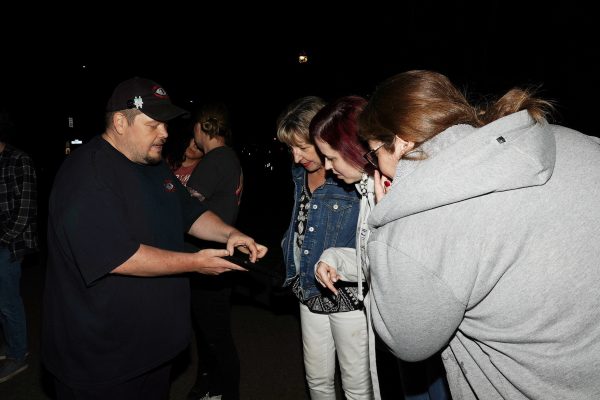
“Everyone experiences fear a little differently,’’ said Netzband. “Some just completely freak out and run, some freeze, some go in shock — there are so many facets of being scared.”
Residual hauntings are the most common kind of hauntings, according to Netzband. This kind of haunting is a trapped or imprinted memory or energy that hosts an environment. A residual haunting most often occurs when something traumatic happens in the space.
“Aren’t ghosts in our minds?” asked Netzband. “Absolutely, I think they work through our minds, if we are consciously connected through our consciousness.”
Only 10% of the cases that Netzband is called to investigate are concluded to be true paranormal activity.
SF State has had its own rumors with the potential of being haunted. The on-campus murder of Jenny Low Chang in 1977 remains unsolved, and the 13th floor of the Towers at Centennial Square dorms leaves students feeling uneasy.
“When walking through the HSS building, it gives me an eerie vibe, I don’t feel alone there,” said Sierra Bradford, a fourth-year psychology student. “I just always feel like there is someone around each corner, and maybe there might be or maybe I might be paranoid.”
“Towers was also that same energy when you would go down to the first floor,” continued Bradford. “It was always very dimly lit and cobwebs on every corner, you know, it was very disturbing for my spirit.”
The effects of being scared may be different for everyone, but it is an experience that is uniform. Some people feel fear with a great force, while others are unfazed.
Andi Campos, a fourth-year SF State psychology student, enjoys the eerie and spine-chilling feeling she gets from being scared and often finds herself gravitating toward media with ghostly themes.
“I’ve had lots of family stories passed down and I feel like I bring that onto myself because I am always watching scary movies, and scary shows and scary podcasts,” said Campos.



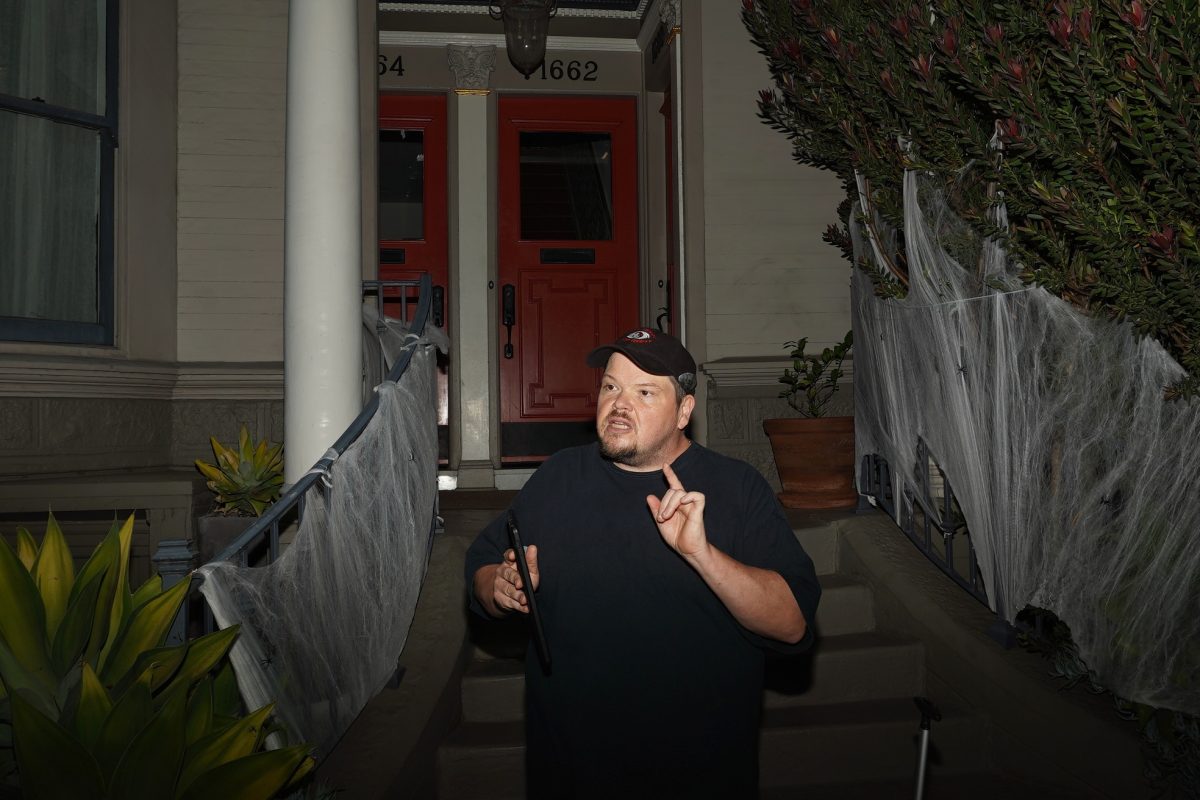
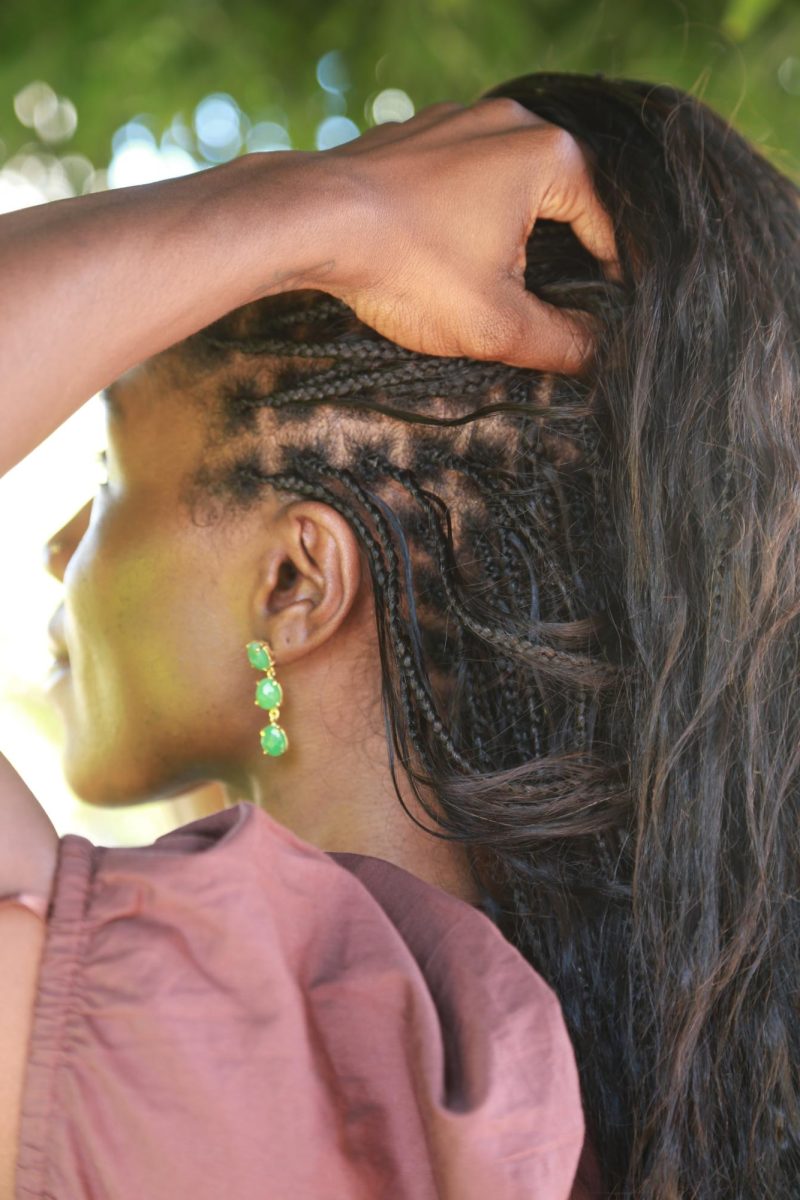

![[Video] No Trump, No Feds, No MAGA; San Francisco says "No Kings!"](https://xpressmagazine.org/wp-content/uploads/2025/10/Screenshot-2025-10-28-165913-1200x675.png)
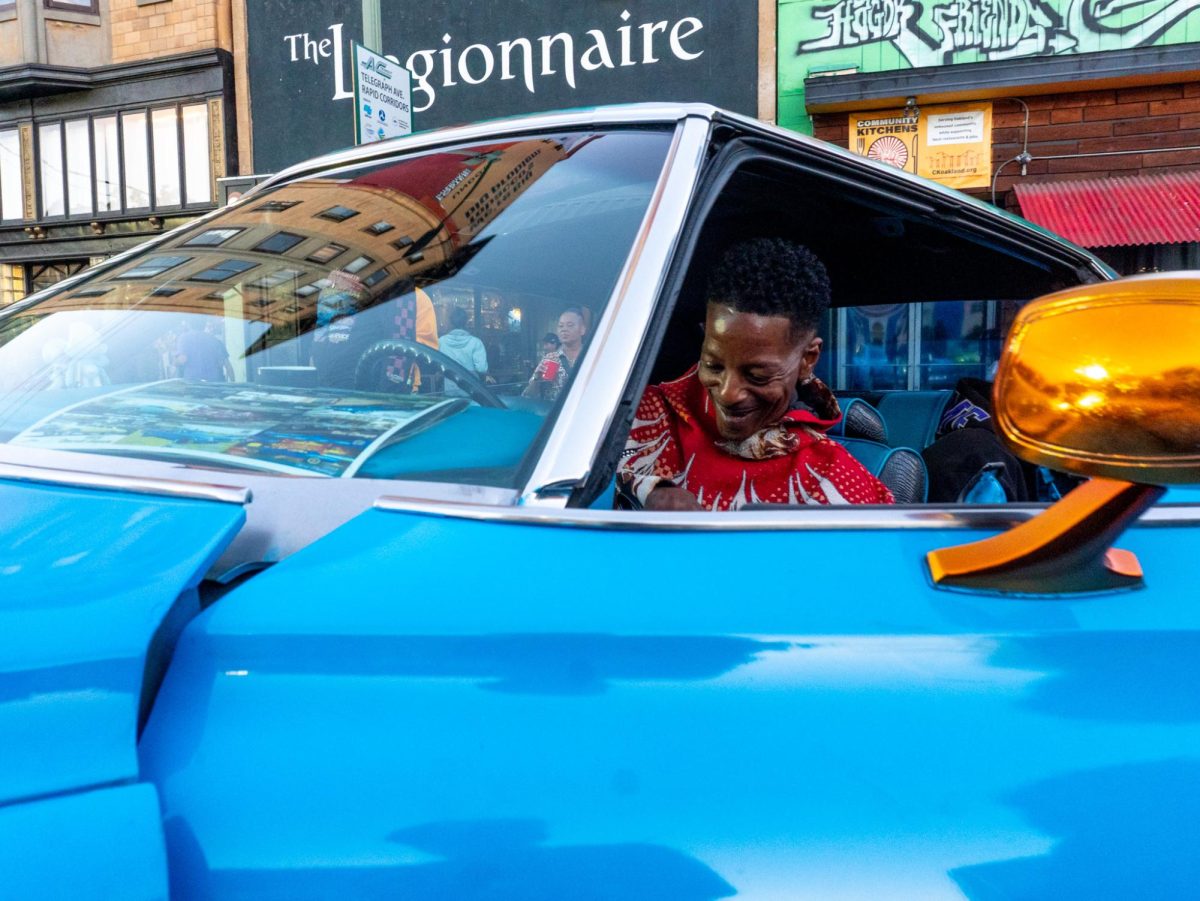
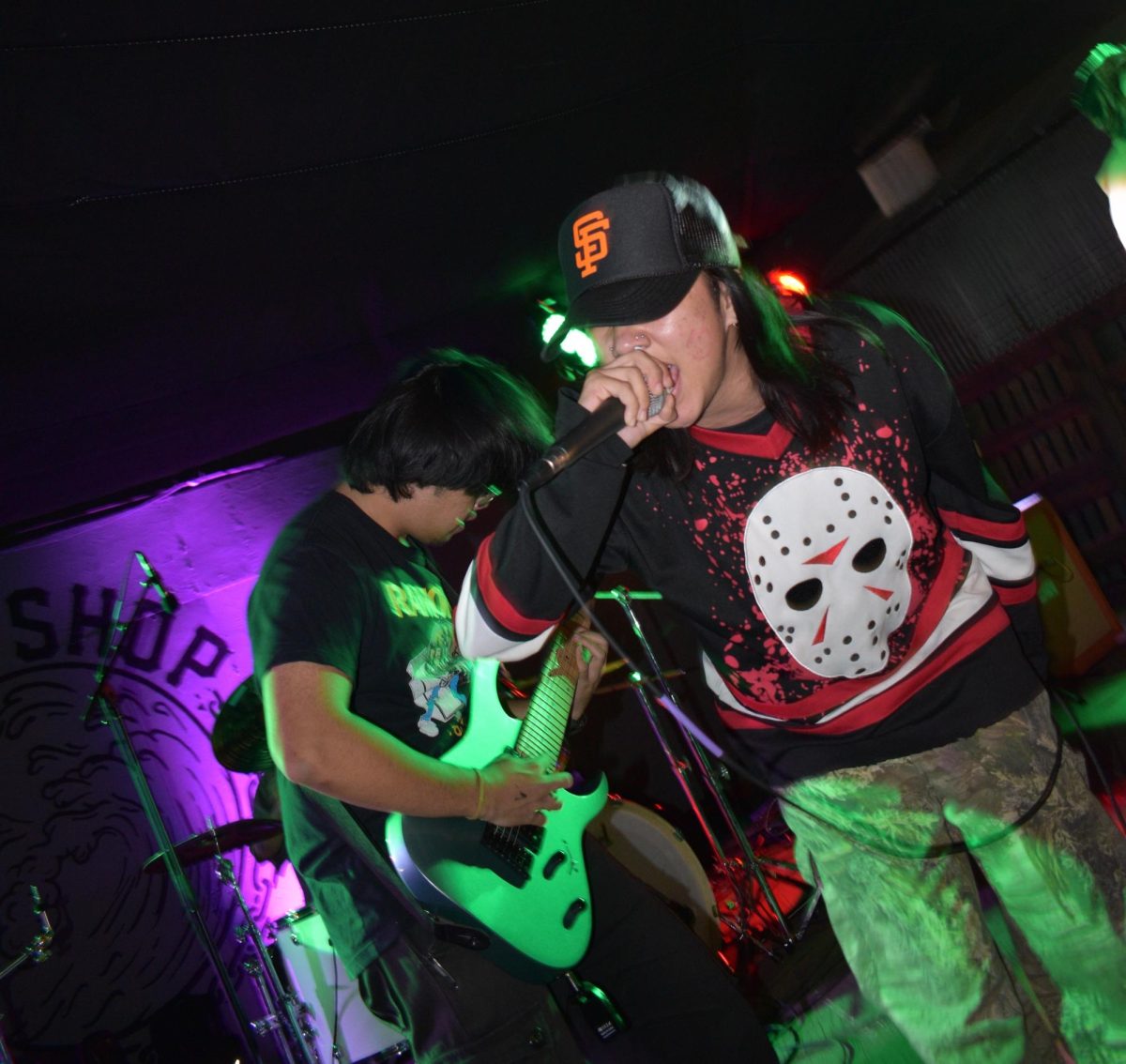
![[Video] Gators Give Heartfelt Donations to Blood Drive](https://xpressmagazine.org/wp-content/uploads/2025/10/bloodstill2-1-1200x675.png)
